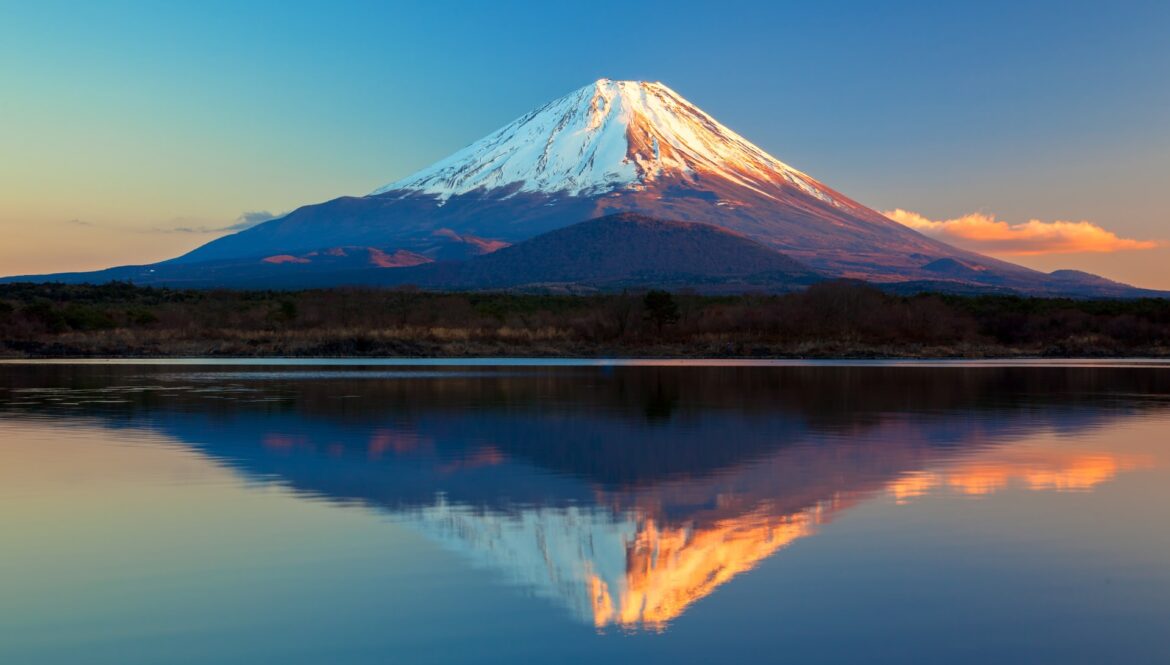Mount Fuji, Japan’s most iconic natural wonder and a UNESCO World Heritage site, is making headlines for an unfortunate reason: It’s being called “trash mountain.”
Once revered for its serenity and symbolism, it is now showing the wear and tear of popularity in the form of discarded bottles, wrappers, and gear littering its trails.
Japan celebrated a milestone in 2024, breaking its all-time tourism record, according to Travel and Tour World. But this growth came with a big downside. Popular destinations such as Kyoto, Tokyo, and especially Mount Fuji have become overwhelmed by the number of visitors.
This spike in foot traffic has led to increased waste and environmental degradation on the once-pristine peak. Images of litter-strewn slopes have circulated widely online, prompting frustration.
The surge in trash earned Mount Fuji the unfortunate nickname. Local officials, concerned citizens, and international observers are now raising alarms. In response, the Japanese government and regional authorities are introducing policies to reduce the environmental toll of mass tourism.
Overtourism not only strains local infrastructure but also threatens natural ecosystems and cultural heritage. Piles of trash can leach toxins into the soil and water, harm wildlife, and degrade visitor experiences. While Mount Fuji is the most visible example, many of Japan’s cultural and natural sites are feeling the pressure.

Want to go solar but not sure who to trust? EnergySage has your back with free and transparent quotes from fully vetted providers that can help you save as much as $10k on installation.
To get started, just answer a few questions about your home — no phone number required. Within a day or two, EnergySage will email you the best local options for your needs, and their expert advisers can help you compare quotes and pick a winner.
Without careful management, the economic gains of tourism risk coming at the cost of long-term environmental and cultural loss. As Japan pursues its ambitious goal of reaching 60 million visitors per year by 2030, the balance between growth and sustainability is becoming increasingly urgent.
To curb the mounting waste problem, Japanese officials are turning to sustainable tourism policies. One solution includes introducing higher entry fees for international visitors, which could help fund environmental maintenance. Local governments are also urging travelers to visit less-trafficked regions, spreading out tourism pressure more evenly.
Campaigns like “Tourism for All” are encouraging visitors to respect local traditions and pack out all trash. And in a bid to ease strain on popular sites, the government is promoting regional tourism development, particularly in under-visited areas with cultural and natural value.
Mount Fuji’s current condition may serve as a wake-up call, but it’s also a chance for Japan to lead on sustainable tourism, preserving both its beauty and its welcome.
TCD Picks » Upway Spotlight
💡Upway makes it easy to find discounts of up to 60% on premium e-bike brands
Join our free newsletter for good news and useful tips, and don’t miss this cool list of easy ways to help yourself while helping the planet.


AloJapan.com